Filter by

Tornado of Life: A Doctor's Journey through Constraints and Creativity in the ER
Stories from the ER: a doctor shows how empathy, creativity, and imagination are the cornerstones of clinical care. To be an emergency room doctor is to be a professional listener to stories. Each patient presents a story; finding the heart of that story is the doctor's most critical task. More technology, more tests, and more data won't work if doctors get the story wrong. When caring for o…
- Edition
- -
- ISBN/ISSN
- 9780262370110
- Collation
- -
- Series Title
- -
- Call Number
- -
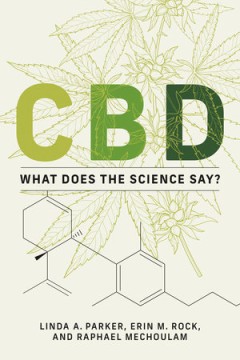
CBD: What Does the Science Say?
A comprehensive review of the scientific literature on the possible benefits of CBD, describing findings from both preclinical and human clinical studies. CBD (cannabidiol), a nonintoxicating compound derived from the cannabis plant, can be found in products ranging from lotion and smoothies to chewable gummies and pet treats. It's been promoted—but not always scientifically validated—as…
- Edition
- -
- ISBN/ISSN
- 9780262370400
- Collation
- -
- Series Title
- -
- Call Number
- -

Model Systems in Biology: History, Philosophy, and Practical Concerns
How biomedical research using various animal species and in vitro cellular systems has resulted in both major successes and translational failure. In Model Systems in Biology, comparative neurobiologist Georg Striedter examines how biomedical researchers have used animal species and in vitro cellular systems to understand and develop treatments for human diseases ranging from cancer and poli…
- Edition
- -
- ISBN/ISSN
- 9780262370028
- Collation
- -
- Series Title
- -
- Call Number
- -
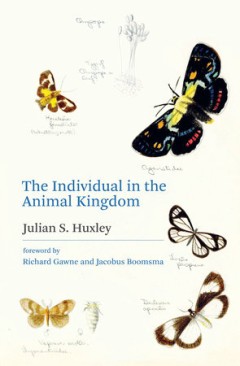
The Individual in the Animal Kingdom
The groundbreaking first book by a major evolutionary biologist, published in 1912, that anticipated current thinking about organismal complexity. Julian Huxley's The Individual in the Animal Kingdom, published in 1912, is a concise and groundbreaking work that is almost entirely unknown today. In it, Huxley analyzes the evolutionary advances in life's organizational complexity, anticipating…
- Edition
- -
- ISBN/ISSN
- 9780262369985
- Collation
- -
- Series Title
- -
- Call Number
- -

The Convergent Evolution of Agriculture in Humans and Insects
Contributors explore common elements in the evolutionary histories of both human and insect agriculture resulting from convergent evolution. During the past 12,000 years, agriculture originated in humans as many as twenty-three times, and during the past 65 million years, agriculture also originated in nonhuman animals at least twenty times and in insects at least fifteen times. It is much m…
- Edition
- -
- ISBN/ISSN
- 9780262367578
- Collation
- -
- Series Title
- -
- Call Number
- -

The Intermittent Fasting Revolution: The Science of Optimizing Health and Enh…
How intermittent fasting can enhance resilience, improve mental and physical performance, and protect against aging and disease. Most of us eat three meals a day with a smattering of snacks because we think that's the normal, healthy way to eat. This book shows why that's not the case. The human body and brain evolved to function well in environments where food could be obtained only intermi…
- Edition
- -
- ISBN/ISSN
- 9780262368162
- Collation
- -
- Series Title
- -
- Call Number
- -
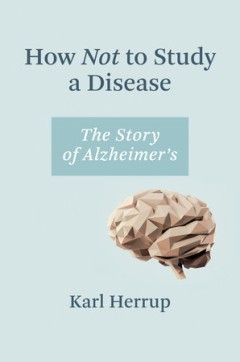
How Not to Study a Disease: The Story of Alzheimer's
An authority on Alzheimer's disease offers a history of past failures and a roadmap that points us in a new direction in our journey to a cure. For decades, some of our best and brightest medical scientists have dedicated themselves to finding a cure for Alzheimer's disease. What happened? Where is the cure? The biggest breakthroughs occurred twenty-five years ago, with little progress since…
- Edition
- -
- ISBN/ISSN
- 9780262365741
- Collation
- -
- Series Title
- -
- Call Number
- -
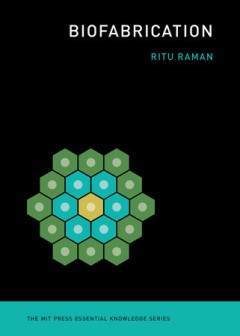
Biofabrication
How engineered materials and machines powered by living biological cells can tackle technological challenges in medicine, agriculture, and global security. You are a biological machine whose movement is powered by skeletal muscle, just as a car is a machine whose movement is powered by an engine. If you can be built from the bottom up with biological materials, other machines can be as well.…
- Edition
- -
- ISBN/ISSN
- 9780262366762
- Collation
- -
- Series Title
- -
- Call Number
- -

Running Smart: How Science Can Improve Your Endurance and Performance
A science writer and recreational runner explores the science behind popularly held beliefs about shoes, injuries, nutrition, “runner's high,” and more. Conventional wisdom about running is passed down like folklore (and sometimes contradicts itself): the right kind of shoe prevents injury—or running barefoot, like our prehistoric ancestors, is best; eat a high-fat diet—and also carb…
- Edition
- -
- ISBN/ISSN
- 9780262365192
- Collation
- -
- Series Title
- -
- Call Number
- -
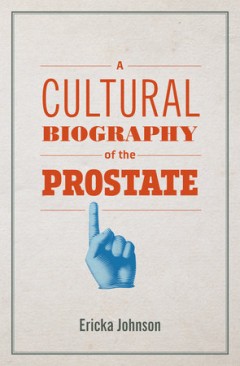
A Cultural Biography of the Prostate
What contemporary prostate angst tells us about how we understand masculinity, aging, and sexuality. We are all suffering an acute case of prostate angst. Men worry about their own prostates and those of others close to them; women worry about the prostates of the men they love. The prostate—a gland located directly under the bladder—lurks on the periphery of many men's health issues, bu…
- Edition
- -
- ISBN/ISSN
- 9780262366984
- Collation
- -
- Series Title
- -
- Call Number
- -
 Computer Science, Information & General Works
Computer Science, Information & General Works  Philosophy & Psychology
Philosophy & Psychology  Religion
Religion  Social Sciences
Social Sciences  Language
Language  Pure Science
Pure Science  Applied Sciences
Applied Sciences  Art & Recreation
Art & Recreation  Literature
Literature  History & Geography
History & Geography